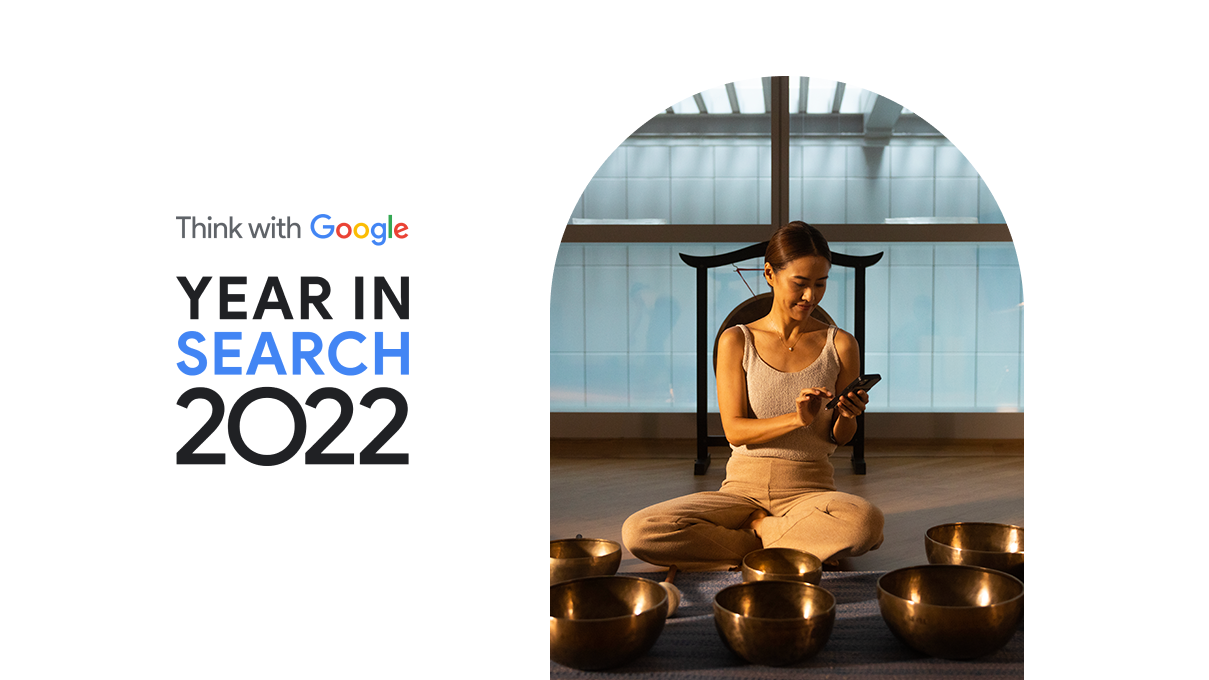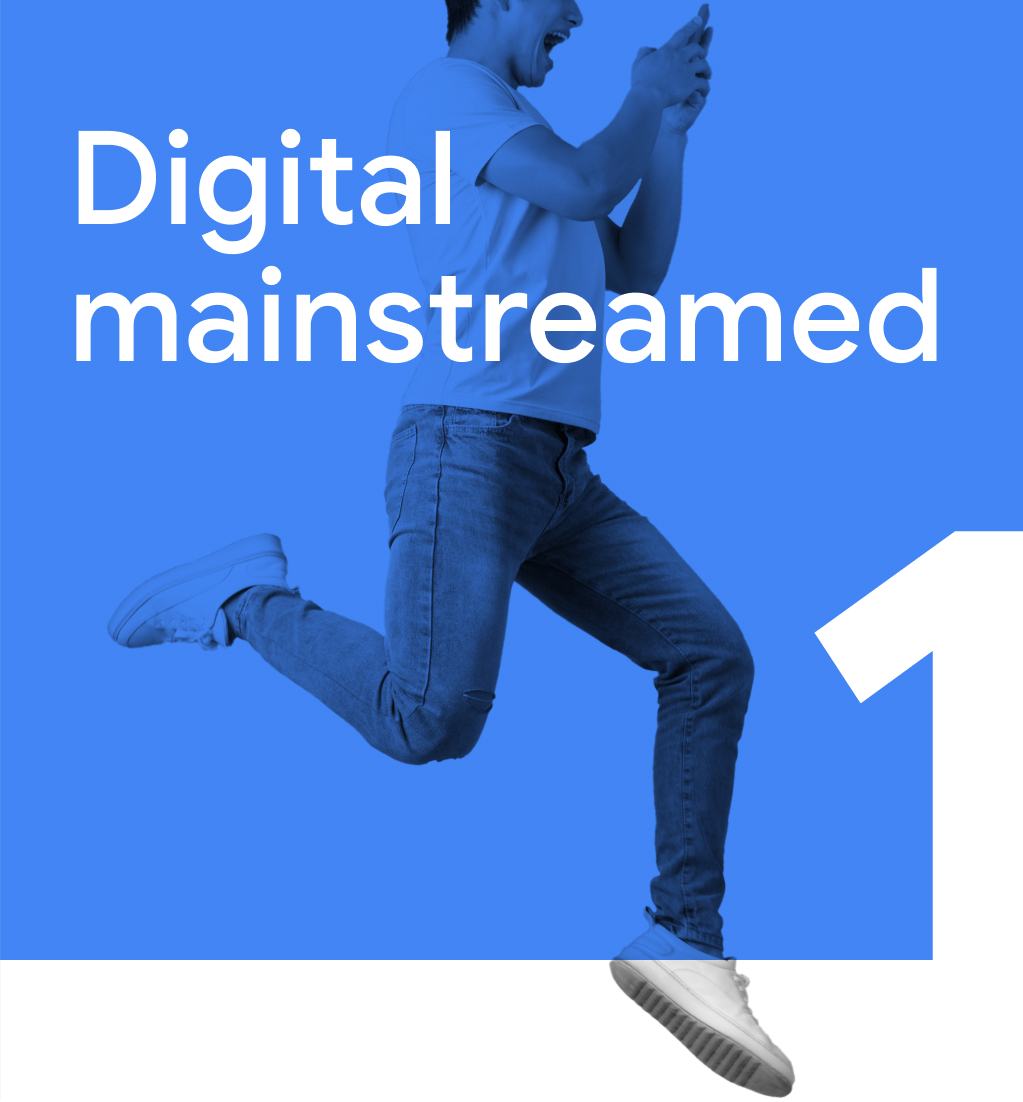
If 2020 saw millions of consumers migrate online, 2021 showed the staying power of digital. From shopping to services, new users are now proactively deepening their online usage and choosing digital first lifestyles.

Due to the Movement Control Order, Malaysians were migrating online to access services that were disrupted. There was a surge of 3 million new digital consumers from 2020 up to H1 2021 - of which 98% intend to continue this trend of digital adoption.
Digital consumption is becoming more permanently ingrained as a way of life. In 2021, more than 65% of consumers in Malaysia bought the majority of items they needed online instead of going in-store. Benefits like time and cost savings, flexible payment options, diversity of product offerings, and delivery services are motivating shoppers to choose digital-first experiences.
The rise in online users and change in consumer behaviors meant that brands had to adapt and digitalize at an astounding scale and pace. This is a watershed moment to rethink the agility of your business model to be readier to respond to future changes that may lie ahead, while still keeping the customer at the center of what you do.

The rise in online users and change in consumer behaviors meant that brands had to adapt and digitalize at an astounding scale and pace. This is a watershed moment to rethink the agility of your business model to be readier to respond to future changes that may lie ahead, while still keeping the customer at the center of what you do.


New users and businesses online
As new users come online, businesses are evolving their digital strategies to meet them there. Growing searches across APAC show businesses seeking to understand more about digital transformation strategies and online inventory management, while new online shoppers are looking to be rewarded for their brand choices.
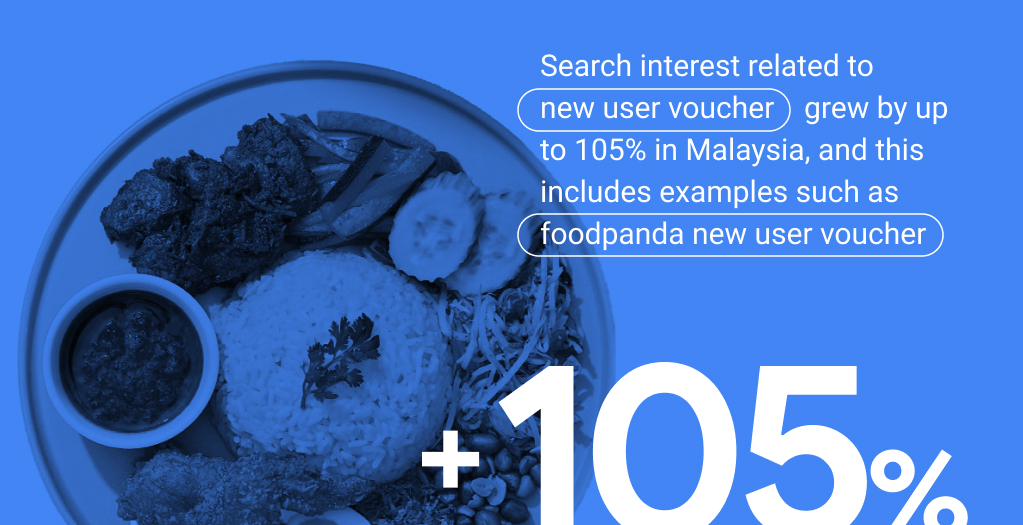
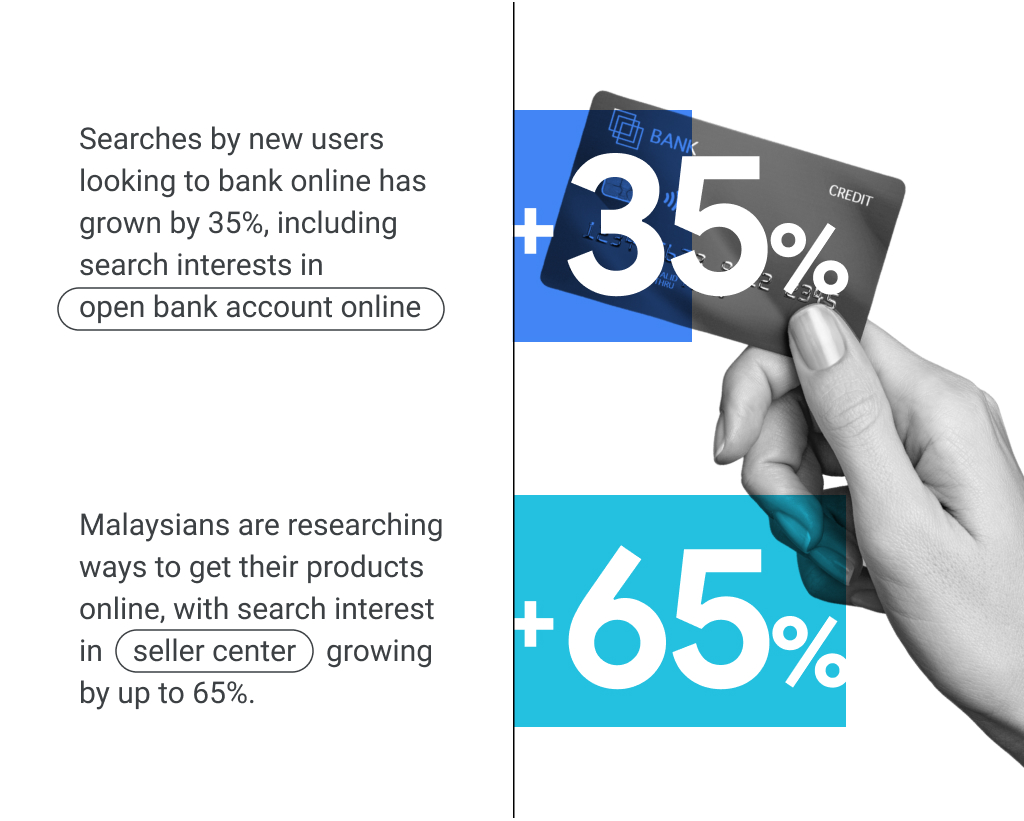
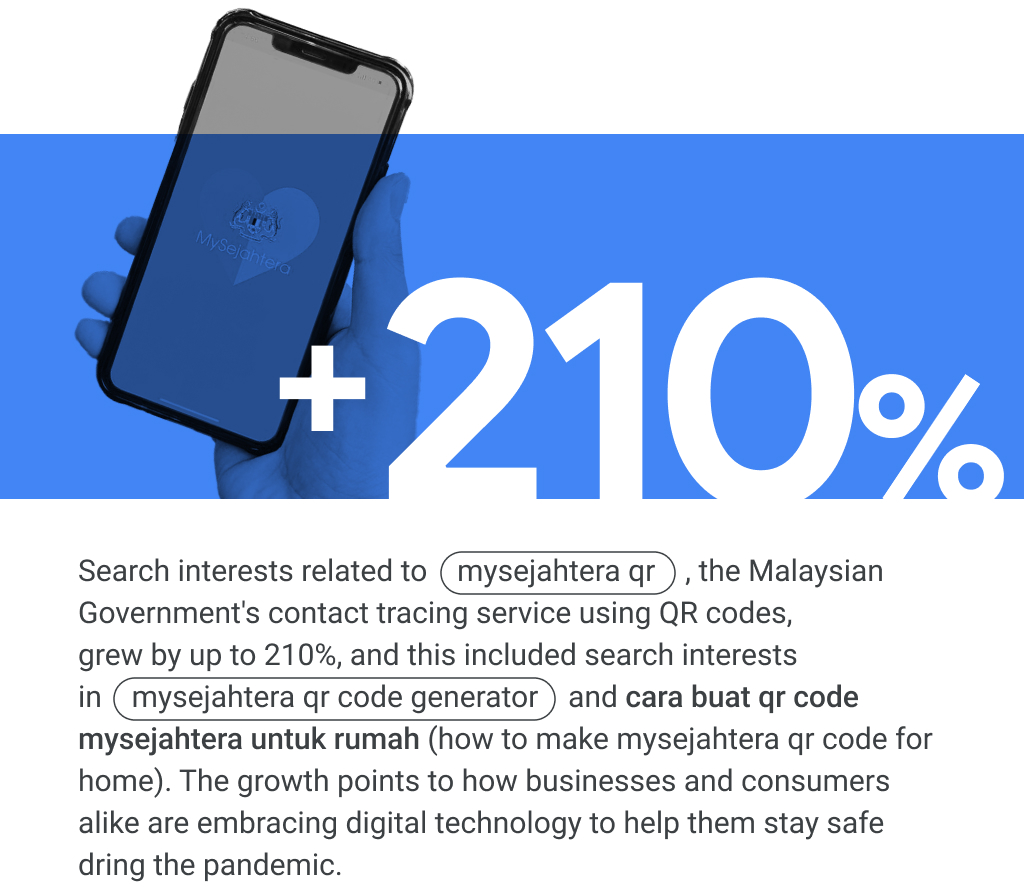
Online-first shopping experiences
Today, almost half of Malaysian consumers surveyed have adopted online shopping as their primary purchasing channel. Rising searches show how shoppers are using digital channels as a helpful tool for decision-making, and are reluctant to endure downsides like delivery waiting times and costs.1
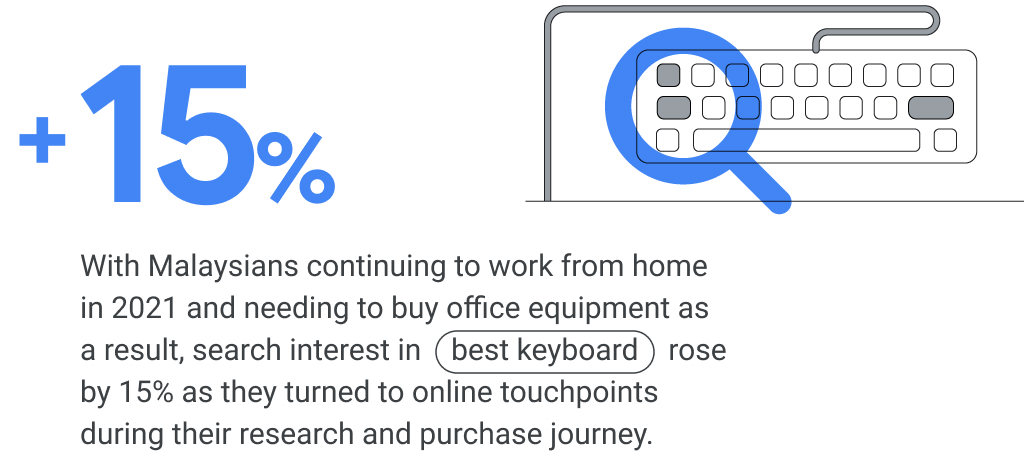
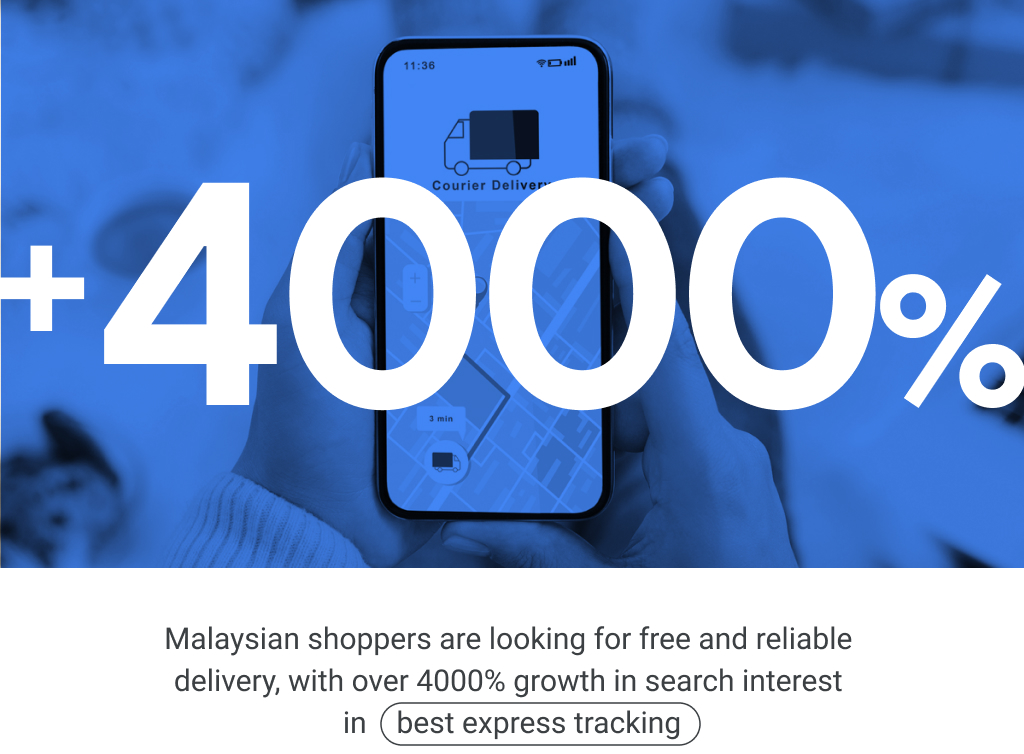
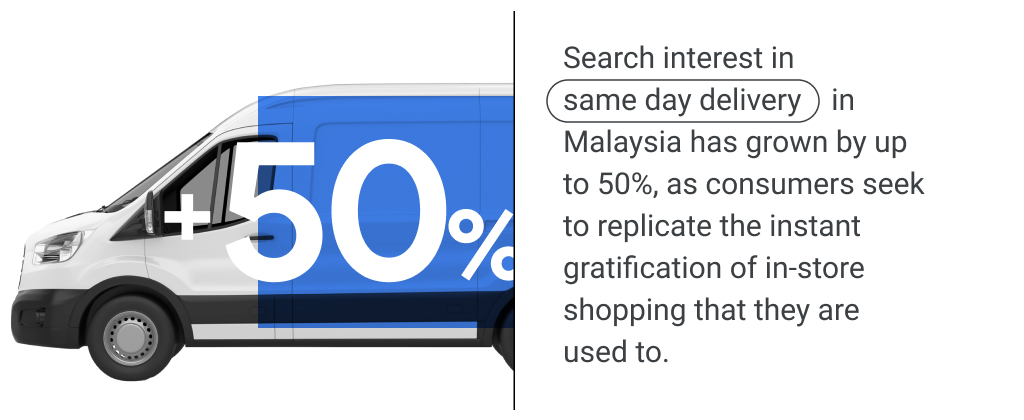
Digital in our day-to-day
People are expanding the use cases for apps and technology in their day-to-day lives, as well as experimenting with new digital services like contactless payments. While digital wallets may have started out as a way to pay safely during the pandemic, their ease and convenience are converting consumers for good. In the first quarter of 2021 alone, Mastercard saw one billion more contactless transactions as compared to the same period of 2020.
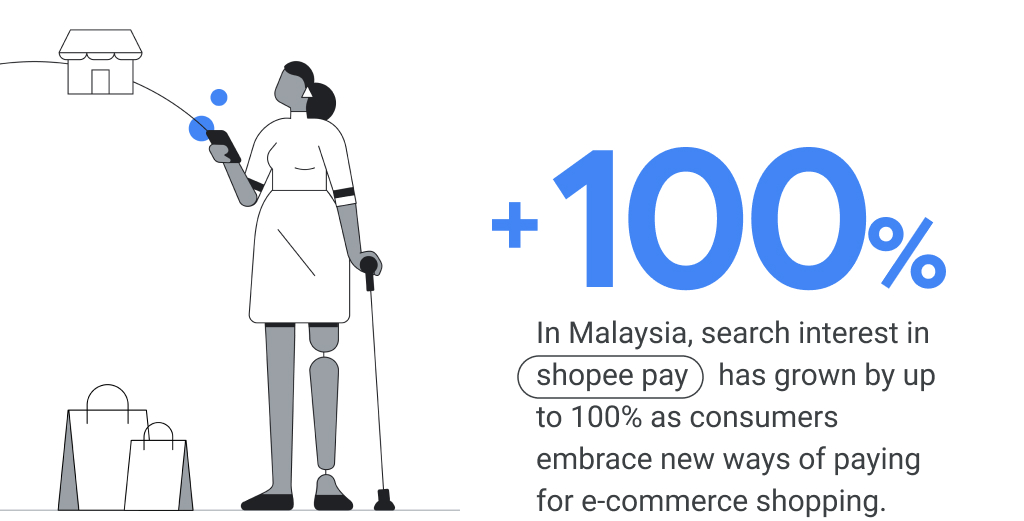
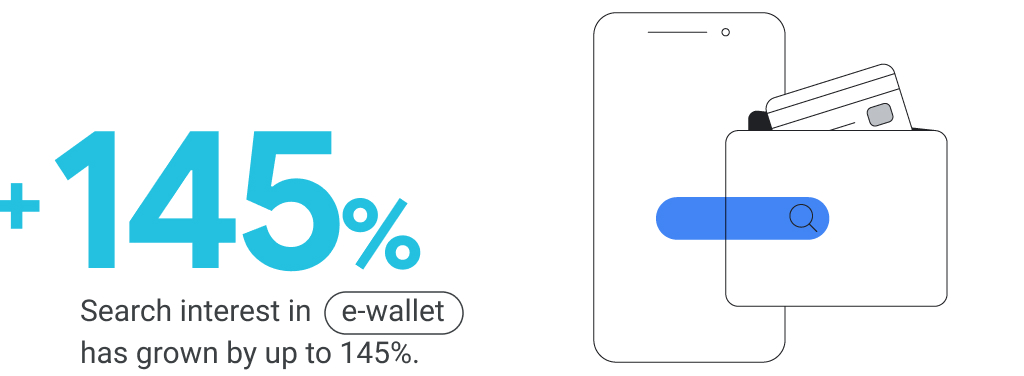
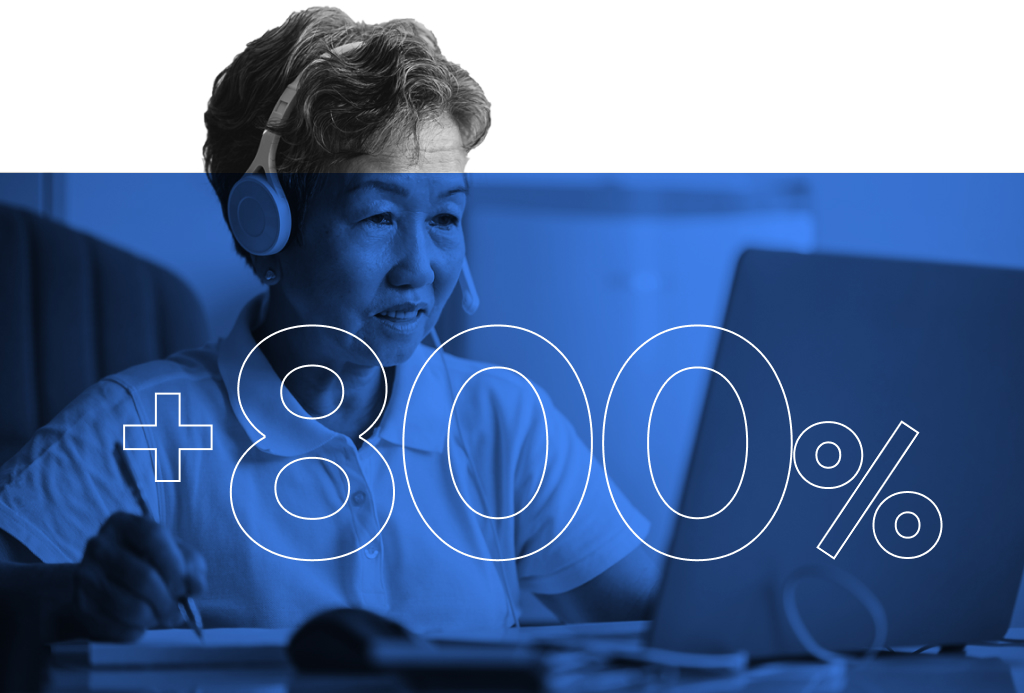
Preference for digital formats
Searches for digital formats continue to gain momentum as Malaysian consumers entertain themselves online. Streaming on connected TV has taken off, live commerce is expanding its reach, and even when people take a break from the screen, they’re opting for content like podcasts and audiobooks which they can enjoy on-the-go.
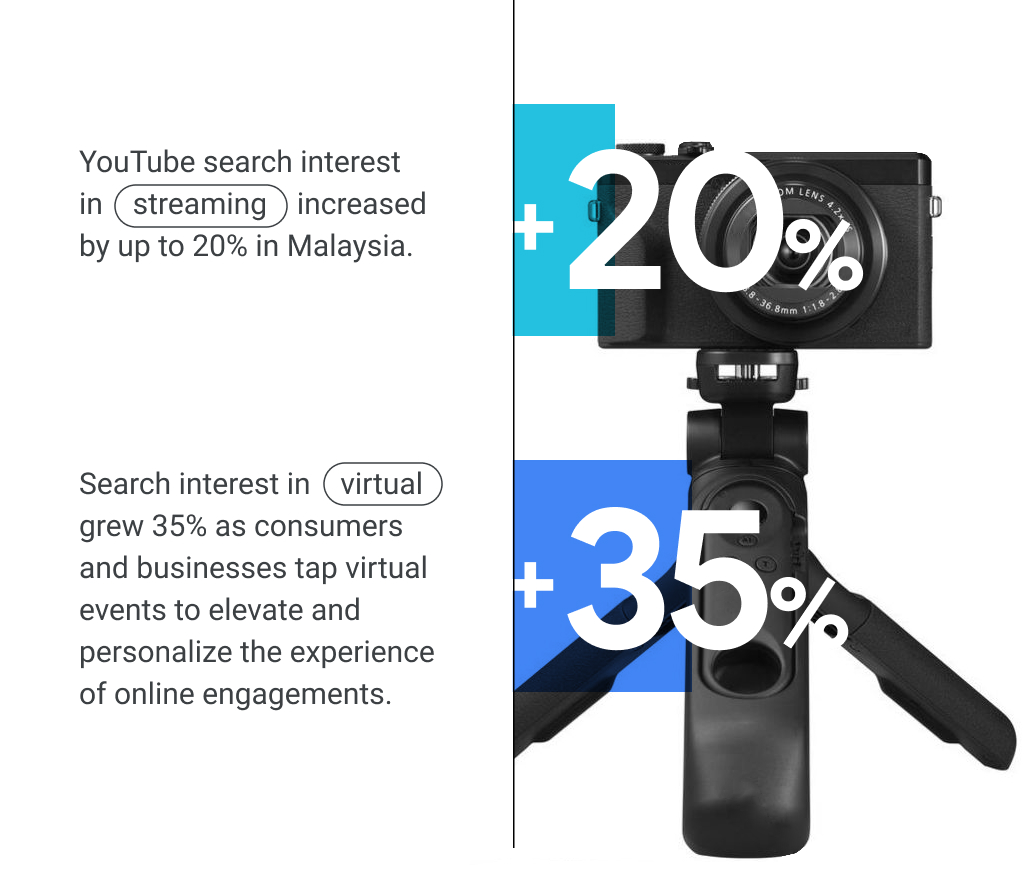
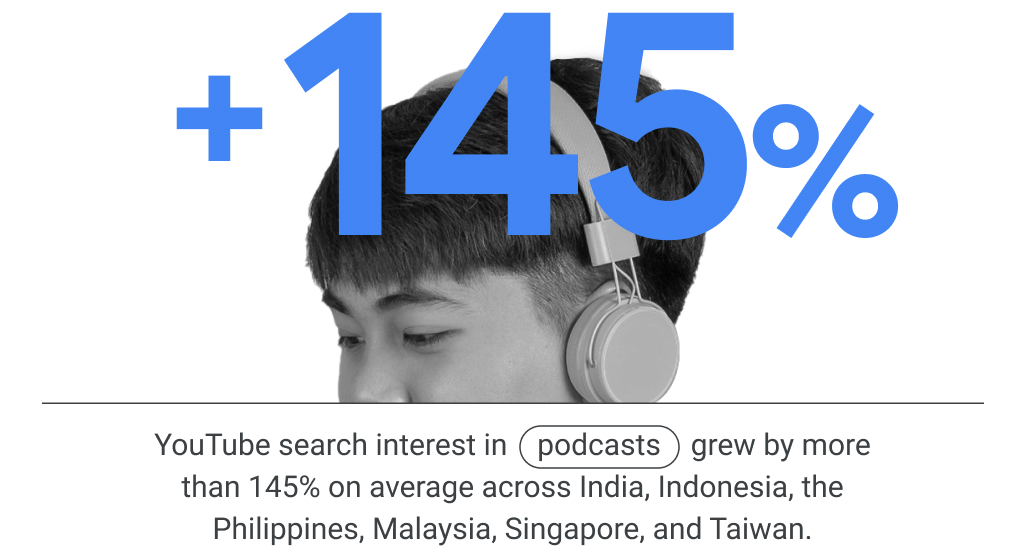
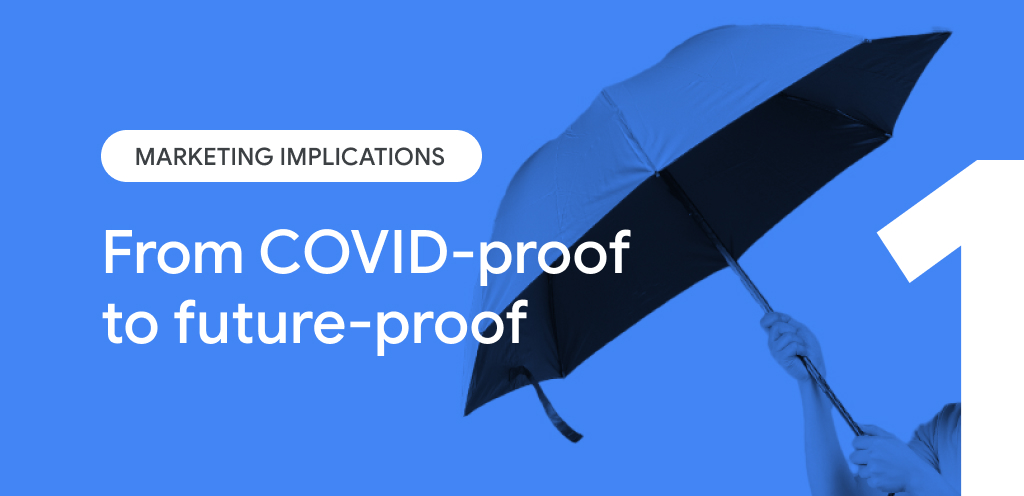
While COVID-19 created an urgency for more people and businesses to meet online, searches reveal a rise in digital-preferred behavior. At first, many brands responded to the initial rush online by finding flexibility in existing marketing strategies to solve for pandemic-related challenges. Now, the fast evolving online landscape calls for a more agile business model that is not only COVID-proof, but future-proof as well.

“What many leaders feared, and the pandemic confirms, is that their companies were organized for …standardization and predictability that’s [now] being overwritten by four big trends: a combination of heightened connectivity, lower transaction costs, unprecedented automation, and shifting demographics.”

Given the significant shift to online as a preferred channel for so many people in Malaysia, it’s clear that digital is where the masses are at. This means that channel strategies that only rely on “above the line” advertising for mass reach are fast becoming outdated. For example, although TV viewership for the Tokyo Olympics hit a record low, advertising budgets did not reflect this shift, and brands still paid as much as ever for commercials. Is your audience and media strategy reflecting the reality of where audiences are today?

Before deciding on your digital advertising strategy, check out best practices and tips for audience reach and segmentation strategies.

Stay on top of the latest consumer insights and best practices across marketing objectives and shopper moments, and use them to inform your digital strategies.

Consumers expect to be able to fulfill their shopping needs whenever they need, and wherever they are. We know purchase decision-making is not linear, there is a complicated web of touchpoints that differs from person to person. And with new innovations like Google Lens, more people are browsing online for inspiration in fresh, unique ways.
Be ready to meet people wherever they are on their shopping journeys and create helpful bridges to take them one step closer to your storefront.
Show up for people searching for what you’re selling by featuring your products on free listings in the Shopping tab on Search.
Shorten the path from your ad to your virtual storefront by connecting your product feed to either Video action campaigns to drive customers to your site, or App campaigns to take them to your mobile app.
Search interest in “open now near me” has grown over 2X globally year over year. To create a seamless online to offline experience for your shoppers, use Local inventory ads to promote your products that are available for in-store or curbside pickup.
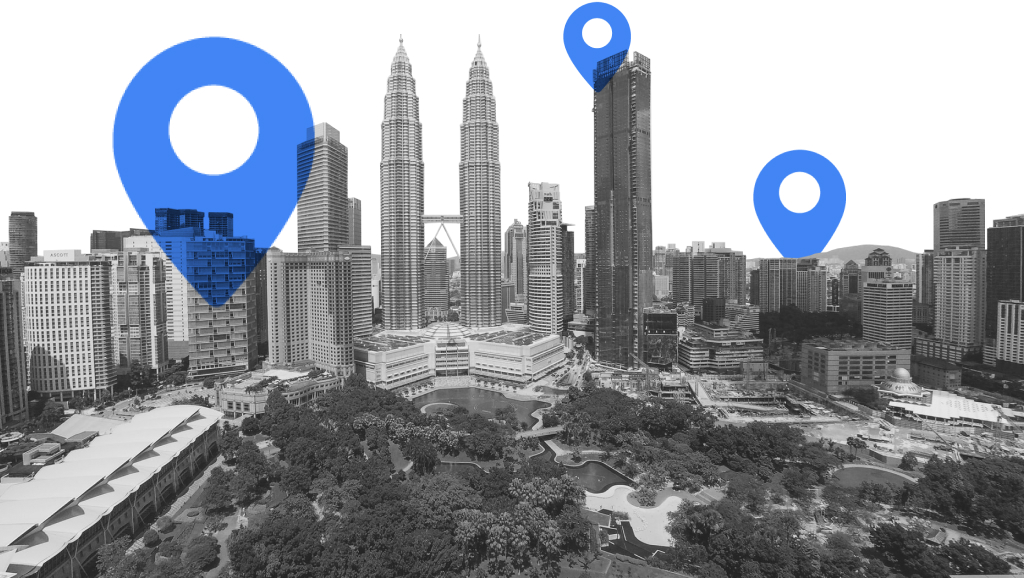
When in-store sales took a hit during the pandemic, global healthcare company GSK Malaysia used Google Ads with Shopee to drive more traffic to its official Shopee store online. The brand also implemented Smart Shopping Campaigns, which uses machine learning and automation to simplify campaign optimization across formats. These strategic moves helped it unlock an incremental ROAS of 114% and more online sales, with 75% conversions on Shopee.

Digital is leveling the playing field for businesses. Traditional industry norms such as size of stores and retail legacy matter less in the next normal where 90% of APAC consumers expect retailers to sell their products online, and even those who purchase offline still refer to at least one digital channel during their research journey.
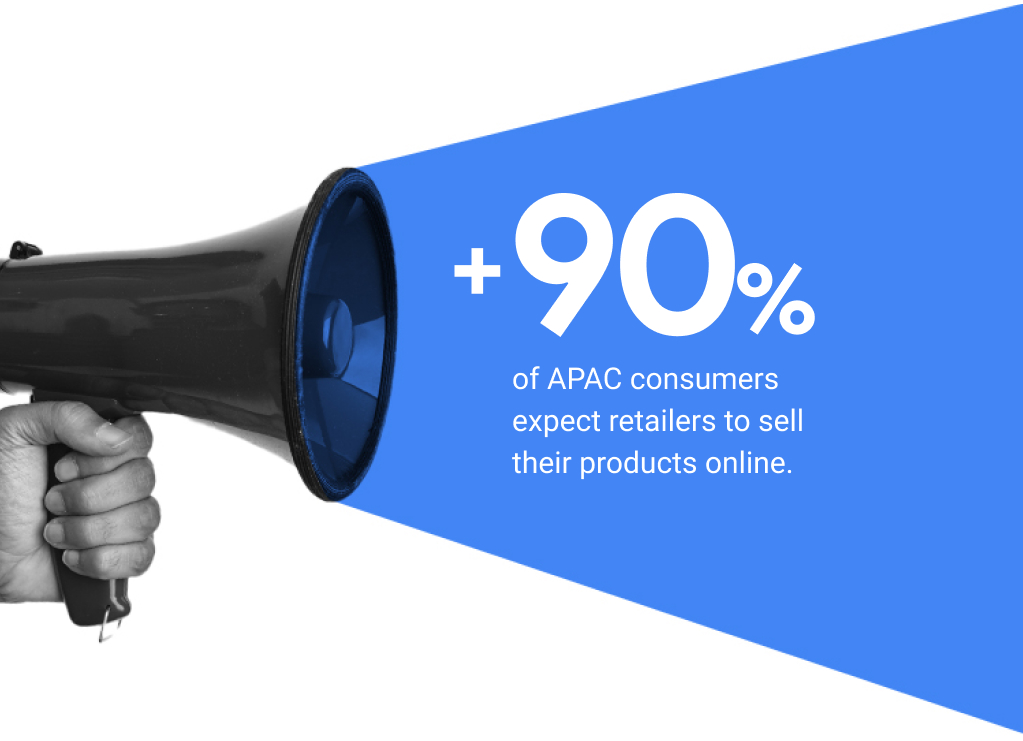
This means that every brand has the opportunity to enjoy borderless growth, especially those that focus on seamless online-offline experiences for their customers.

Build an agile omnichannel strategy that enables your business to unlock short-term wins and long-term growth.
An omnichannel ecosystem doesn’t just entail showing up online. More importantly, it requires an integrated, cross-functional business strategy. Transformation needs to come from within in order for your brand to meet ever-changing consumer needs and drive sustained business growth. This agility, coupled with customer-centricity, is what will open doors to new business opportunities.

The advent of online shopping means you can now connect with customers beyond physical borders, like how Grab Malaysia acquired Jaya Grocer to create a more seamless grocery shopping experience, both online and offline.

Connect and innovate the shopping experience, both online and in-store.
Simply moving a part of your business online will not satisfy the growing consumer demand for a seamless experience. Offer the best of online and offline shopping so that consumers can engage with your brand effortlessly, at their fingertips or in stores.
Get the last mile delivery right. Time and cost savings are the two benefits people value most in online shopping, while shipping fees and long delivery times are deal breakers.
Tokopedia, an Indonesian technology company specializing in e-commerce, increased its transaction volume by 28% month over month using Shopping ads. These ads feature in-ad product details, which provide users with a seamless experience where they get a good sense of the product before they click on the ad, resulting in more qualified leads.
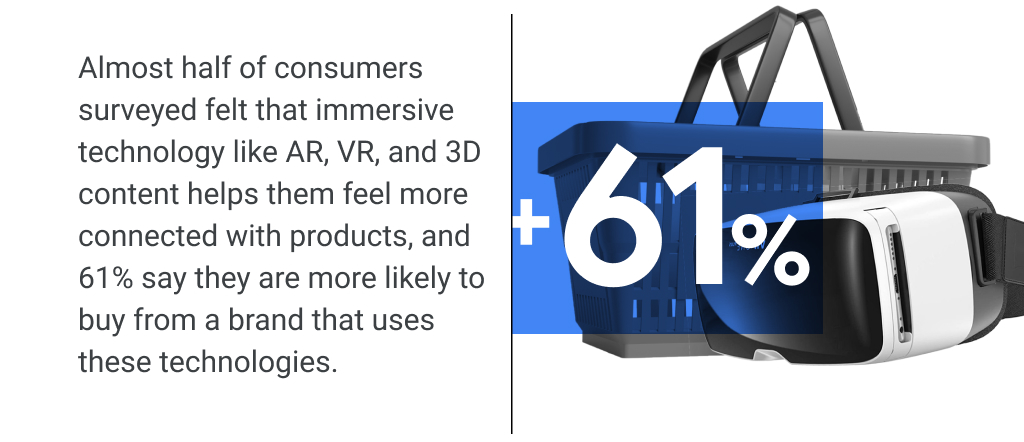
Live commerce is fast gaining popularity for its immersive, participatory shopping experience, and shoppable video presents opportunities for experimentation. As many creators go live to review products and discuss their shopping hauls, livestreaming is becoming increasingly influential in the consumer’s decision making process. You can further expand the reach of a live digital event to relevant audiences with YouTube Masthead, which broadcasts such events at the top of the YouTube homepage.
YouTube’s Holiday Stream and Shop hosted livestreams by creators and brands together.
For the livestream launch of its new smartphone OPPO Find X2 Series 5G, OPPO Malaysia used YouTube Masthead to increase awareness of the event with pre-live event creatives. Live and post-live event creatives were also used to maximize the number of viewers. In just a single day, OPPO hit 18 million impressions and reached a total of 6.63 million unique users, leading to 15% lower cost per reach.





